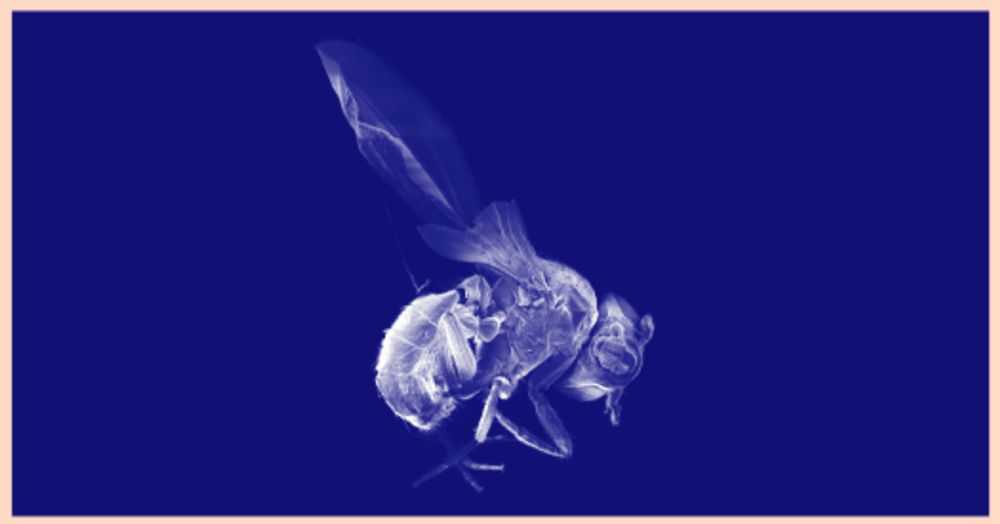Rebecca Saxe
@rebeccasaxe.bsky.social
5.6K followers
420 following
680 posts
Cognitive neuroscience at MIT. Open science. 🇨🇦
Saxelab.mit.edu
Posts
Media
Videos
Starter Packs
Reposted by Rebecca Saxe
Rebecca Saxe
@rebeccasaxe.bsky.social
· Aug 13
Rebecca Saxe
@rebeccasaxe.bsky.social
· Aug 13
Rebecca Saxe
@rebeccasaxe.bsky.social
· Aug 13
Rebecca Saxe
@rebeccasaxe.bsky.social
· Aug 13
Rebecca Saxe
@rebeccasaxe.bsky.social
· Aug 13
Rebecca Saxe
@rebeccasaxe.bsky.social
· Aug 13
Rebecca Saxe
@rebeccasaxe.bsky.social
· Aug 13
Rebecca Saxe
@rebeccasaxe.bsky.social
· Aug 13
Rebecca Saxe
@rebeccasaxe.bsky.social
· Aug 13
Rebecca Saxe
@rebeccasaxe.bsky.social
· Aug 13
Rebecca Saxe
@rebeccasaxe.bsky.social
· Aug 13
Rebecca Saxe
@rebeccasaxe.bsky.social
· Aug 13
Rebecca Saxe
@rebeccasaxe.bsky.social
· Aug 13
Rebecca Saxe
@rebeccasaxe.bsky.social
· Aug 13
Rebecca Saxe
@rebeccasaxe.bsky.social
· Aug 13
Rebecca Saxe
@rebeccasaxe.bsky.social
· Aug 13
Reposted by Rebecca Saxe
Reposted by Rebecca Saxe
Reposted by Rebecca Saxe
Rebecca Saxe
@rebeccasaxe.bsky.social
· Jun 9








